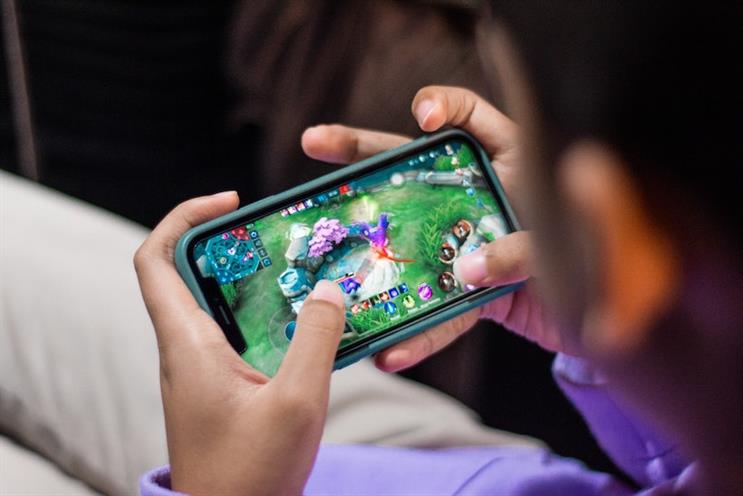
“Prior to my current role, I worked on Google Stadia. It was really interesting working on a platform designed to democratise gaming. You could see that even games publishers were wondering why anyone would choose to play a AAA game on a cellphone when they had a TV in their living room. Our answer was, well, you clearly don’t have kids.”
The speaker was Amy Venier, vice president of gaming & esports at the entertainment and gaming fan platform Fandom. She was addressing the difficulties and complexity that brands, even gaming brands, often have in finding the right way to talk to and engage with gamers. Perhaps her most startling assertion was that we should stop calling gamers ‘gamers’.
“The term ‘gamers’ is what the media calls people who play games,” she explained. “It’s how we categorise this group of people, so that we can sell ads to them. Kids, people that play games, don’t identify as gamers.”
Venier’s co-host, Peter Jacobs, commercial director at Livewire, agreed, talking about the need to segment, rather than simply addressing all gamers as if they were part of one homogenous group. “The biggest subset of the gaming audience is mobile and hyper-casual gamers. But there are also people who play mobile games competitively. There are console players, PC players – and then you’re into esports territory. What’s true for one group won’t be true of another. And you have to weave in genres of games and communities of gamers. Knowing exactly where your audience fits into all of this is vital to putting together a strong strategy.”
Both speakers emphasised the need for precision in the framing and measurement of campaigns aimed at gaming audiences, but said campaigns often don’t have well-defined goals or success metrics. “What ends up happening,” Venier explained, “is that there’s a big idea or a thing the brand wants to do, but it isn’t properly planned, so it ends up failing on reach or failing on engagement. You have to ask yourself, what boxes do you want to tick? What are your KPIs?”
“You need a measure of success,” said Jacobs. “Whether you’re running direct response or a brand campaign, having the right metrics can heavily inform how you engage with gaming enthusiasts. Gaming, from a media point of view, could mean display ads, audio ads or working with influencers to create content. It could mean sponsoring esports or even putting on your own esports competition. Unless you know what you’re doing and why, you won’t hit on the right strategy to engage with the right gaming audience.”
“Ask yourself what you can bring to the gaming experience that wouldn’t be there otherwise,” said Venier. “Think about ongoing campaigns. You don’t want to go in for just one quarter, provide something really cool and then leave. You want to provide evergreen benefits.”
Jacobs responded to this by talking about brands who have succeeded in the gaming space, naming Barclaycard, which sponsors an esports tournament, as a brand which has successfully found a way to be authentic in its conversations. “KFC, too,” he went on to say. “They have their own Twitter handle (@kfcgaming). They’re part of the gaming culture. They’re a meme, almost. It’s knowing the tone of voice and staying true to it. Then you won’t have the authenticity problem.”
“One of the trends we’ve noticed,” said Venier, “is parents playing with kids. With Fortnite, for instance, there were lots of parents trying to crash-learn the game so that when their kids talked endlessly about it, they actually understood what they were saying. Using this insight, there have been some interesting brand activations around co-playing. Once they decided that their target was children and parents who play games together, these brands gained the insight that nostalgia titles lent themselves really well to that. The parents could talk to their kids about what Mario meant to them and the kids could share their experiences.”
As well as the need for clearly defined goals and KPIs, authenticity and real-world insights, the duo went on to discuss topics such as the often low level of understanding of gaming culture among brand executives; the different types of gaming experience – games can also be “meditative” – and their implications for a campaign; and the need for an authentic and sustained value exchange.
To learn more about Fandom and its entertainment & gaming offerings, click here.


